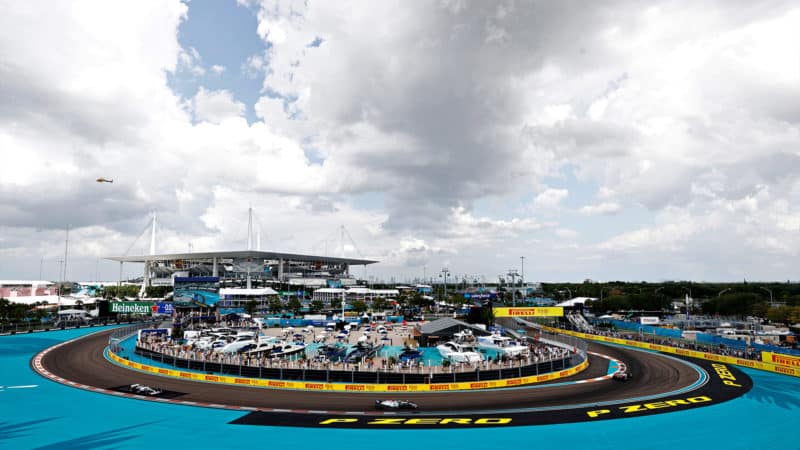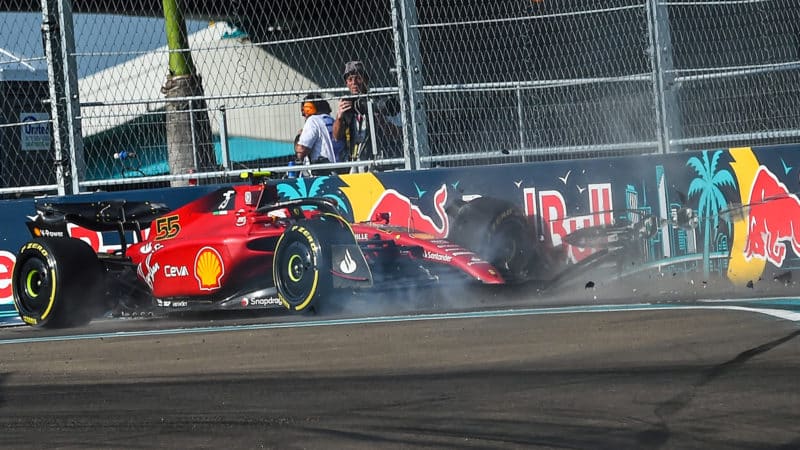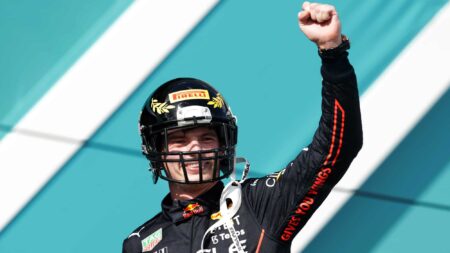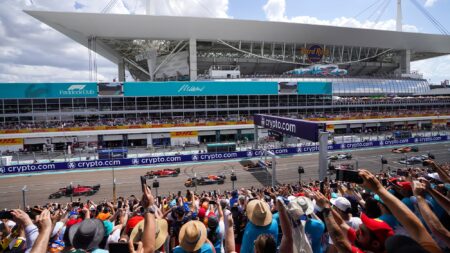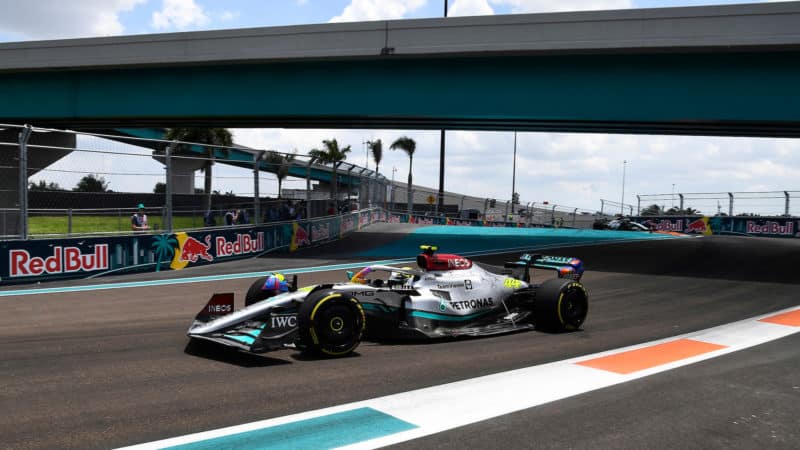“I think that the theory of the design was borne out in the reality of the race,” Bowen told Motor Sport after the flag. “I was pleased about that. Because obviously, on Friday and Saturday, with the track being so dirty, it was concerning that we weren’t getting to where we wanted to be.
“But it’s interesting that [during the race] there were multiple lines, there was overtaking on corners. And many of the things that people were criticising, they were actually probably looking at the wrong thing. It’s like binoculars, which side are they looking from?”
Bowen admitted to one major mistake – not using a system for cleaning runways, earlier in the weekend. It’s the most effective way of sucking dust and debris out of any road surface.
“Next year, we’ll start conditioning the track sooner with FOD BOSS, which is an electrostatic way of lifting debris off a circuit. So because it’s such an abrasive, rough surface, in fact all race tracks are, if you blow it, the little critters still sit in the valleys.
“If you sweep it, the same thing happens, you need to lift it vertically. And on Saturday morning, we started using the FOD BOSSes, and from that point forward, the track came to us.”
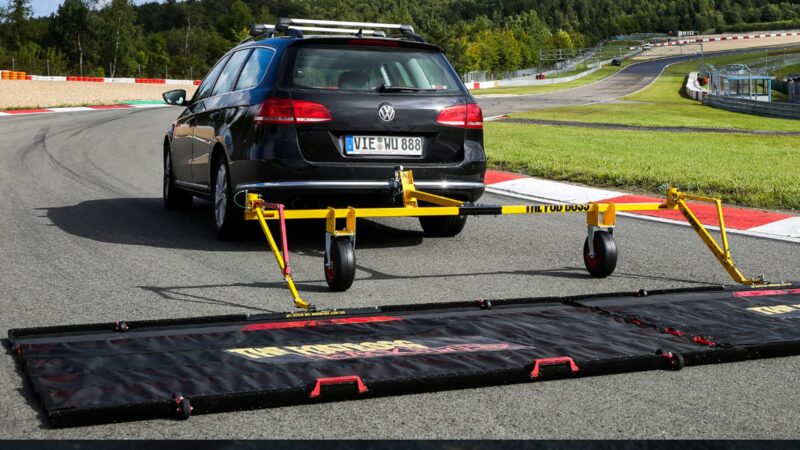
FOD BOSS system (being used elsewhere) will be brought in earlier next year
Aedrosweep
Bowen admitted he took the driver complaints, and especially those about the quality of the surface, to heart.
“Actually, it was embarrassment on my part personally, because there’s a lot of time invested in getting this right. There’s professional pride involved, isn’t there?
“There was a lot of research undertaken. We didn’t go off-piste, it was conventional thinking, it was conventional engineering. And you’ve got to remind yourself that first races at venues often have this happen.
“There was genuine pleasure in seeing that we achieved what we wanted”
“It was the same at COTA, it was the same as Singapore, it was same at Istanbul when it was resurfaced. And so if you think of it from that perspective, it’s just a question of waiting for the track to mature. It’s a brand new piece of asphalt, and it needs to do its thing.”
So did he come under pressure from the Miami promoters once they started hearing the critical comments from drivers?
“Believe it or not, that didn’t happen,” he insisted. “There was a confidence that we would have a race. There was a pleasure that we had the race that we had. And there was in my case a genuine pleasure in seeing that we achieved what we wanted.
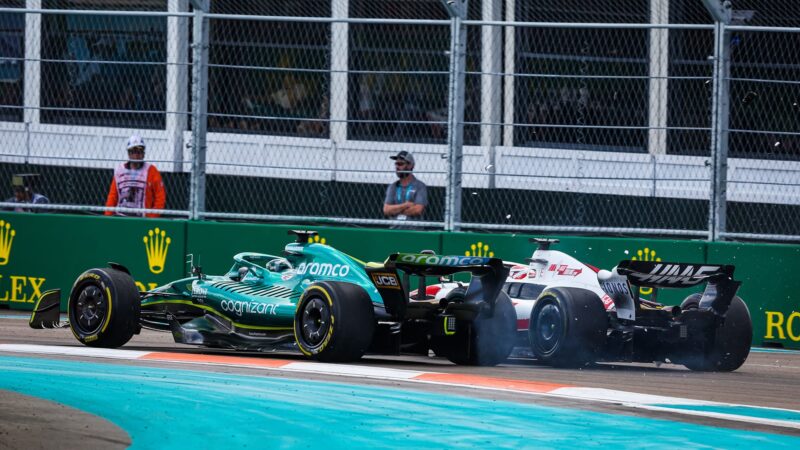
Mid-corner midfield battle between Lance Stroll and Kevin Magnussen
DPPI
“I call it the Holy Grail. We’ve become very used in F1 to seeing overtaking on straights. And classic races, the ones that people talk about for decades afterwards, are the ones where you see dicing on track through corners. Tell me something. Did you see that happening today?
“Midfield, I saw quite a lot of passing that was in corners. And actually I didn’t expect to see passing in the very high speed corners, because of course, the cars are grip-limited there. But they still did it. As did the W Series, and definitely the Porsches.
“And what that told me is that the line wasn’t restricted to just the racing line. Because you can’t have passing side-by-side when you’re at high G if you don’t grip offline.”
Although he was happy with how the racing unfolded Bowen is prepared to make tweaks for 2023, should they be necessary.
